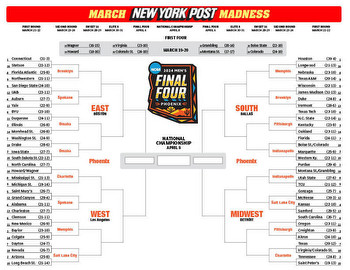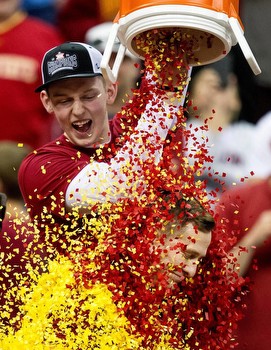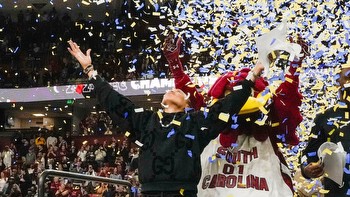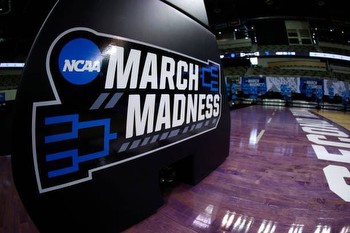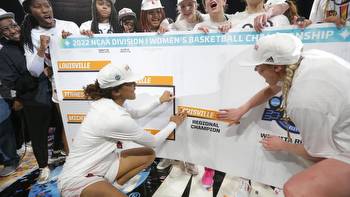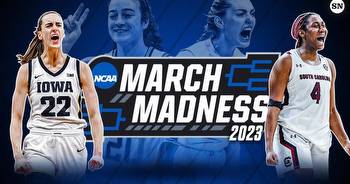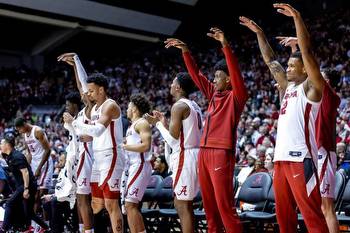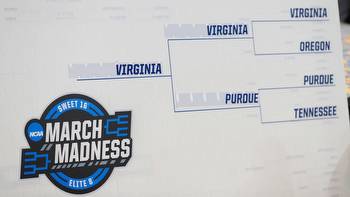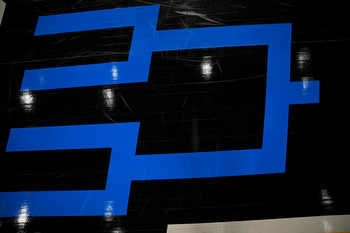How Many No. 1 Seeds Have Won March Madness?
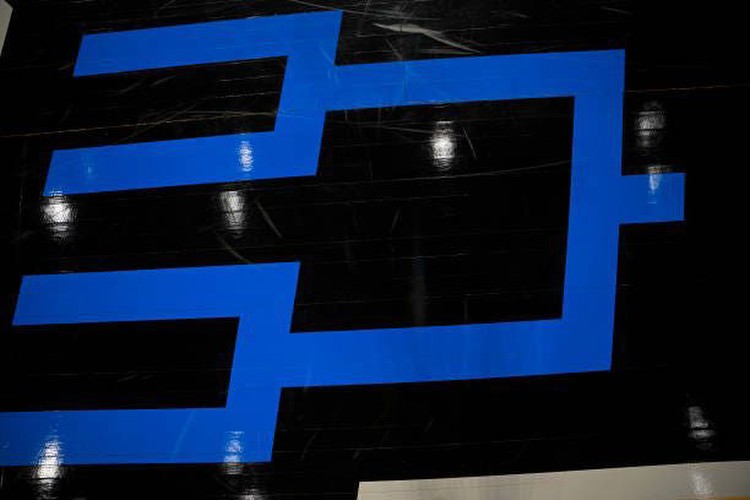
Table of Contents
{{ tocState.toggleTocShowMore ? 'Show more' : 'Show less' }}
Since 1985, the NCAA Division I men’s college basketball tournament field has been at least 64 teams.
Four teams were added to March Madness in 2011, expanding the field to 68 teams. There are four play-in games to start the tournament, after which 64 teams remain.
Those 64 teams are divided into four groups of 16, each seeded 1-16. That means there are four No. 1 seeds in the tournament, four No. 2 seeds, and so on.
Given that, one would expect a No. 1 seed to win the tournament fairly often. Not only does a No. 1 seed get to face lower-seeded opponents, but there are also four of them, making it more likely that a No. 1 seed is the last team standing.
Unsurprisingly, No. 1 seeds have excelled in the history of the NCAA’s March Madness tournament.
How Often Do No. 1 Seeds Win?
There have been 38 NCAA tournaments since 1985, with no tournament being played in 2020 due to the Covid-19 pandemic. There have been 152 (4 x 38) No. 1 seeds during that time.
Here’s the breakdown of how far each seed has advanced in those tournaments, per NCAA.com. The numbers are inclusive, so each team that won a championship is also included in the Final Four and championship game counts.
No. 1 seeds have excelled in the tournament, winning 24 of the last 38 national championships (63.2%), including 12 of the last 16.
There have been 37 No. 1 seeds to reach the championship game in the last 38 years – an average of nearly one per season. Meanwhile, 60 of the 152 Final Four teams (39.5%) have been No. 1 seeds.
That said, No. 1 seeds are not guaranteed success in the NCAA tournament. There was only one Final Four during this period (2008) where all four teams were No. 1 seeds. There were five other instances with three No. 1 seeds making the Final Four.
In 2023, all four No. 1 seeds were knocked out before the Elite Eight, proving the unpredictability of March Madness.
Bottom Line: Should You Bet No. 1 Seeds To Win March Madness?
Yes, you should consider it. The table above shows a clear relationship between seeding and team success. Better seeds typically tend to go deeper in the tournament because they are better teams and have easier matchups, making them safer bets.
Top seeds will be betting favorites for a reason. They’ll have shorter odds and lower payouts, but they’re also more likely to advance and survive. They also tend to perform far better than any other seed due to their talent.
While betting on top teams can be boring, it’s more likely to pay off. The top three or four seeds have consistently dominated the tournament since 1985 and accounted for the vast majority of Final Four appearances, championship game appearances and national titles.
Backing underdogs can be tempting during March Madness, especially when they have large plus odds, but it’s usually only reasonable to a point.
The chart above shows how underdogs are far less likely to reach the end of the tournament. Only five of the last 38 champions (13.2%) weren’t a top-3 seed, and no team below a No. 8 seed has ever won.
No team below a No. 11 seed has even made the Final Four.
That could change eventually, but remember these trends when betting March Madness.
Photo by Andy Hancock/NCAA Photos via Getty Images
